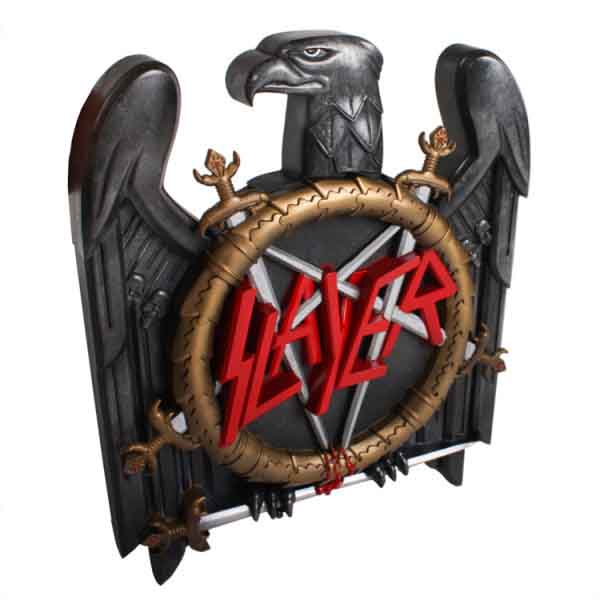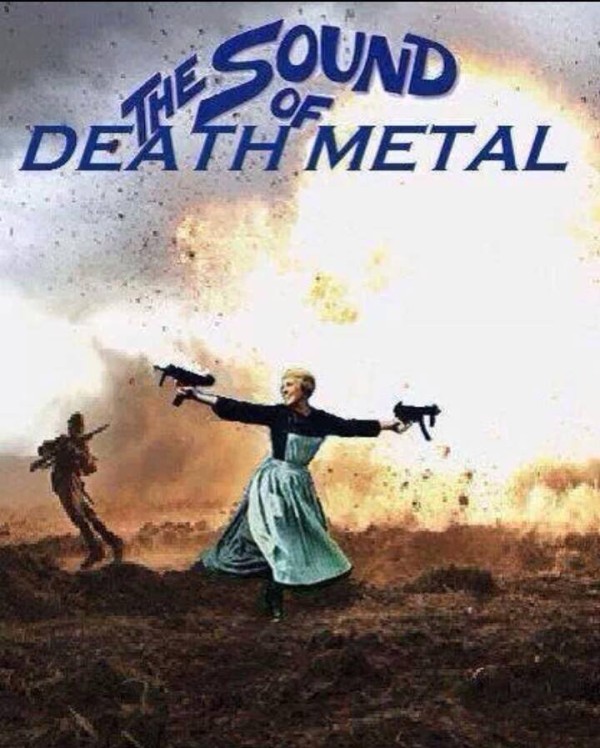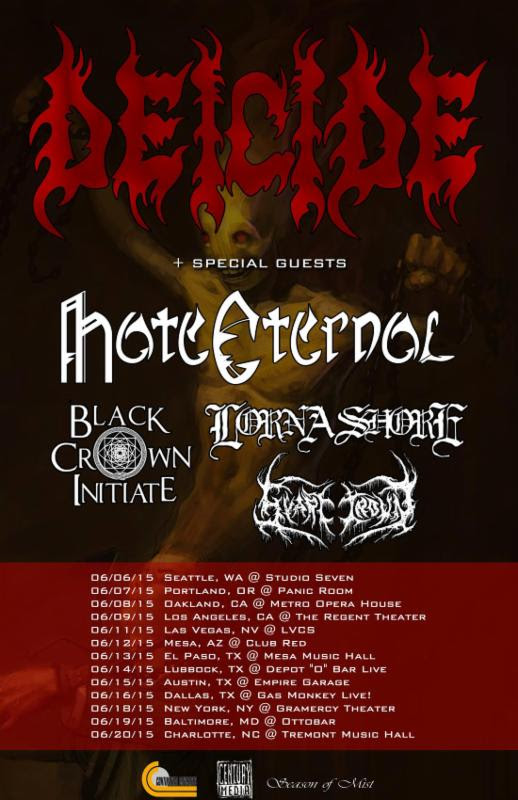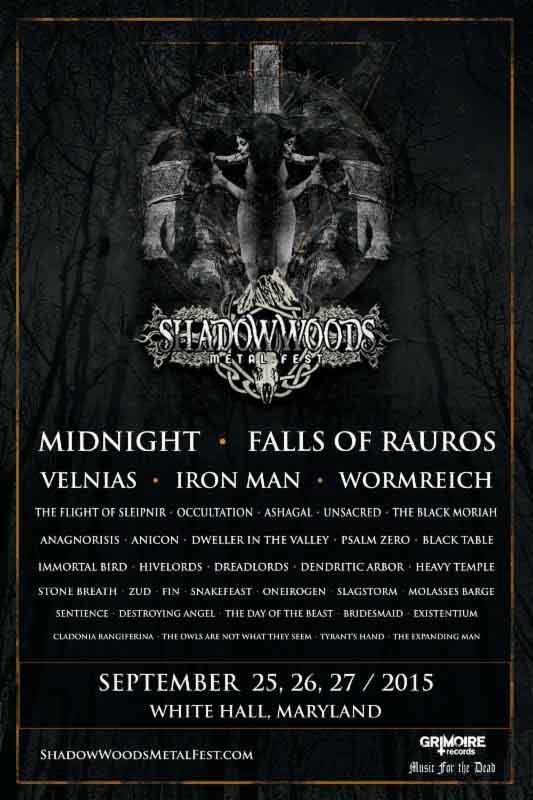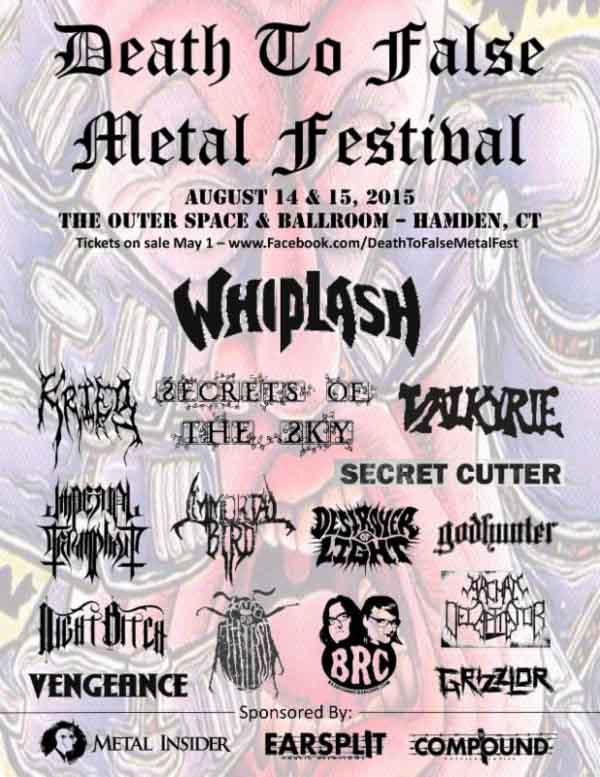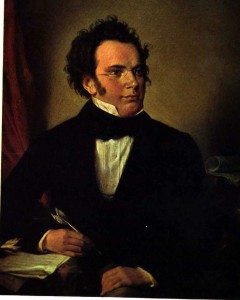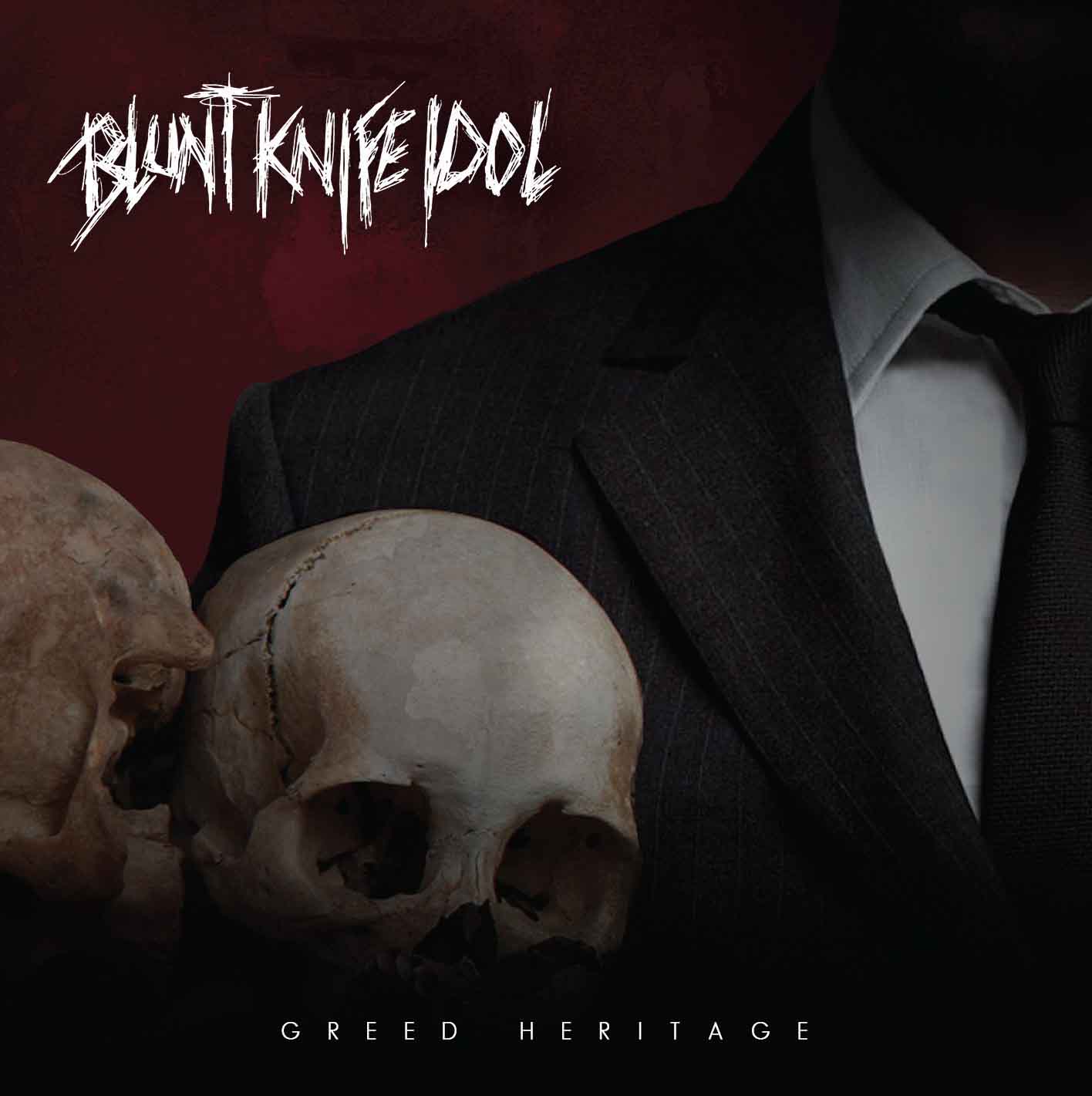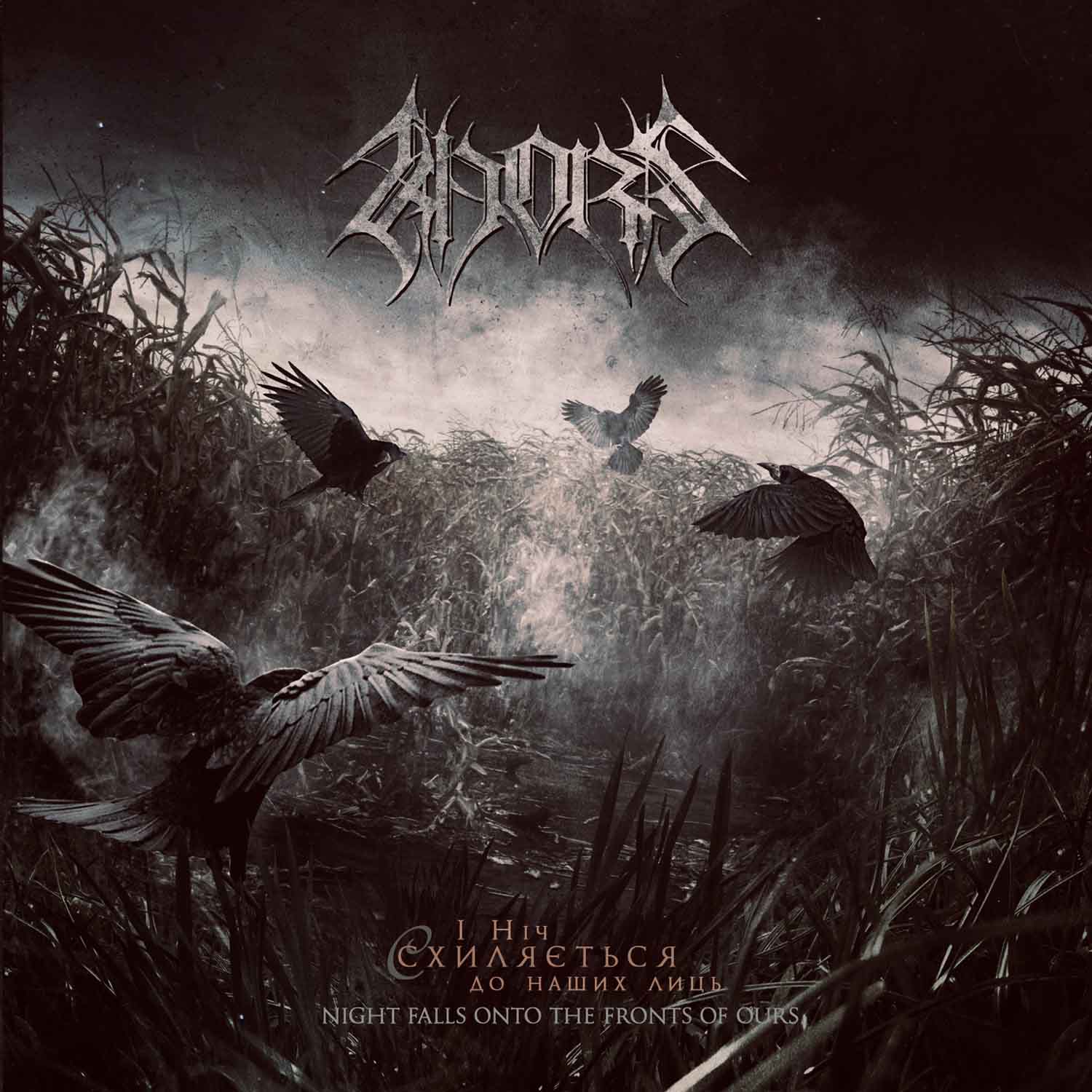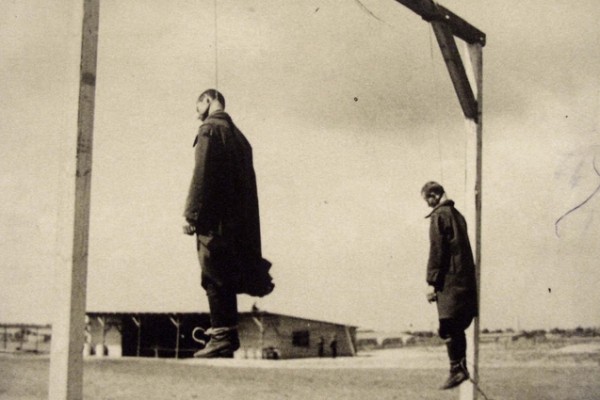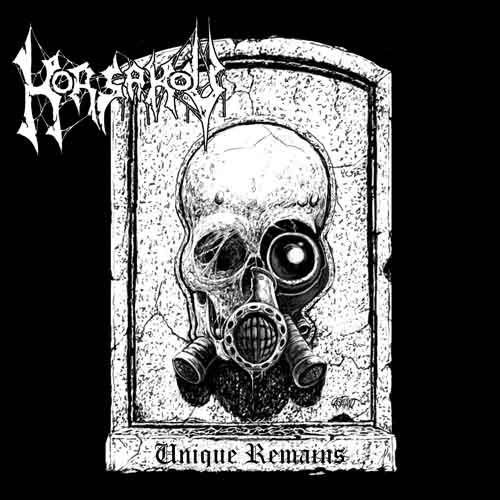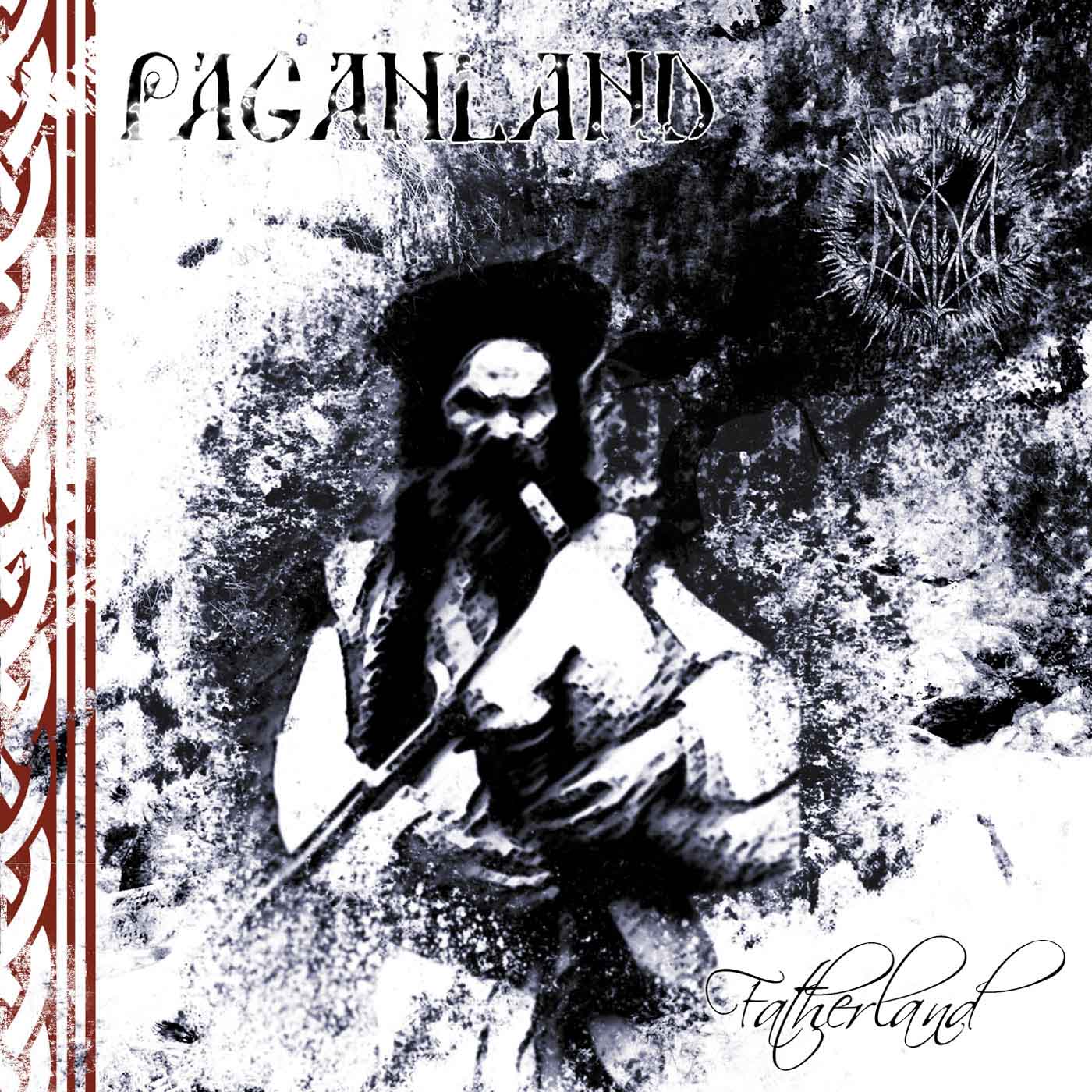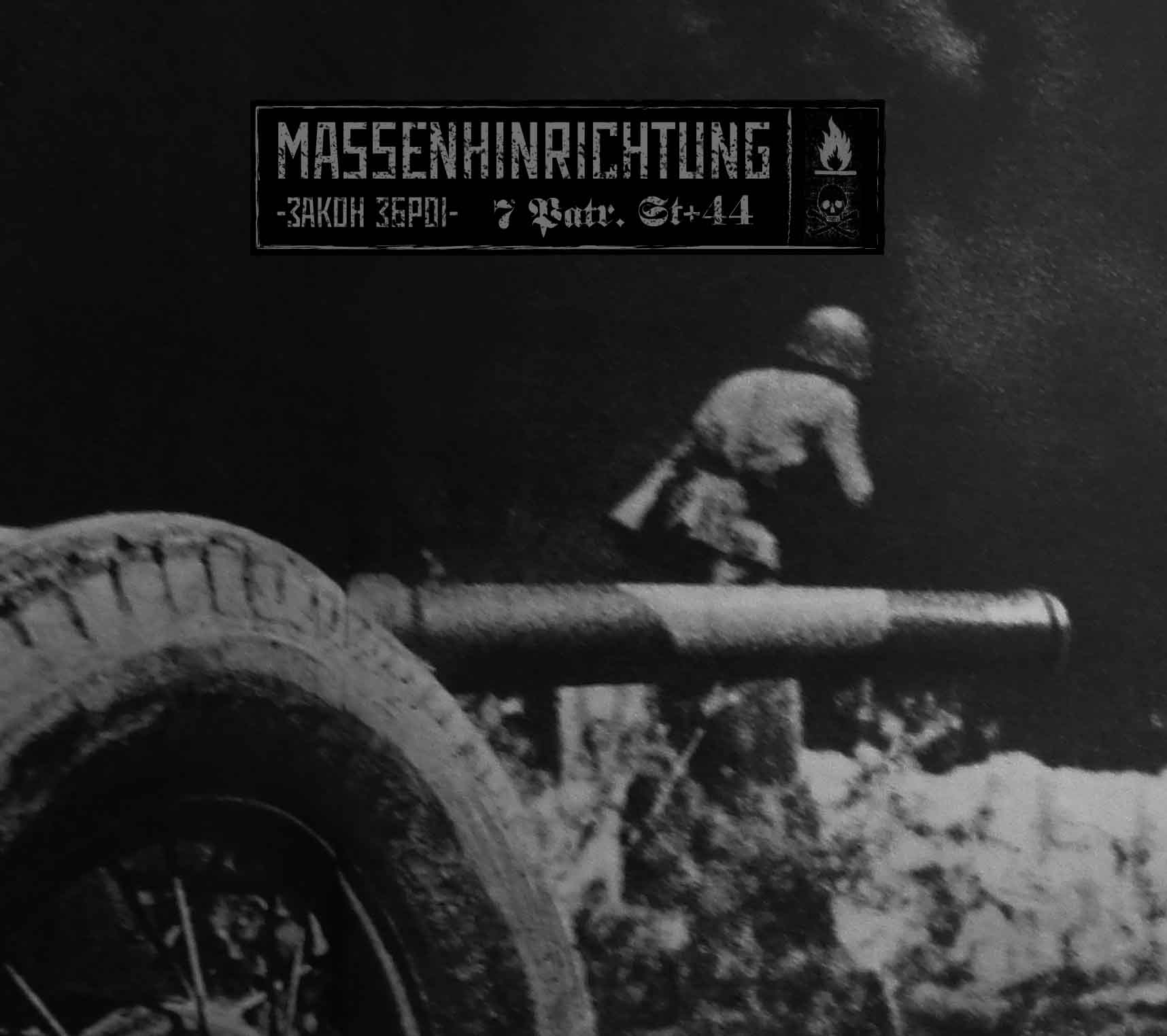
Sadistic Metal Reviews function as your goto list for albums that should be recycled as material for making more copies of actually good music, if that’s even possible. These releases deserve no better than to be piled up and flattened by a machine. They’re wasting space and resources on completely useless, half-assed art.
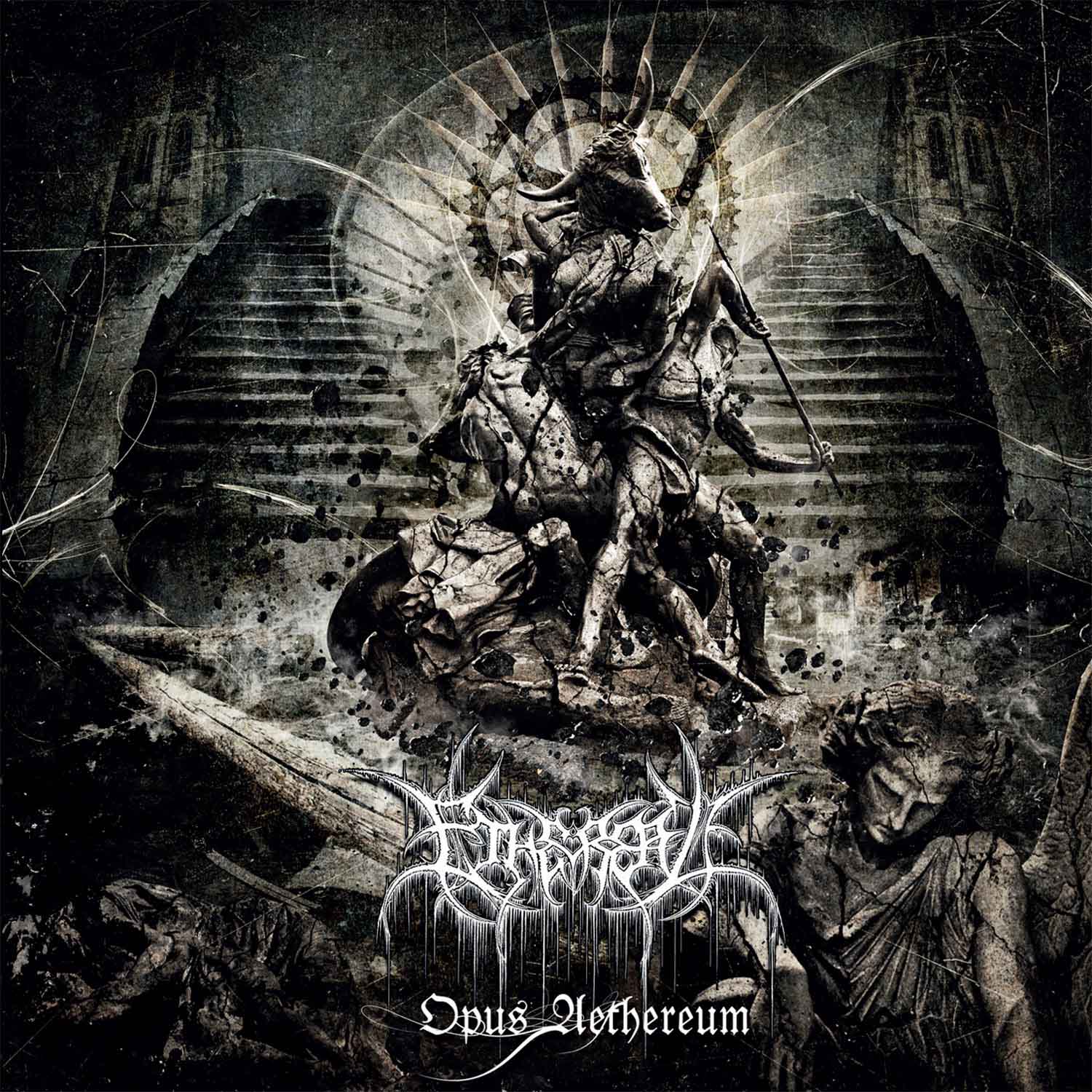
Ethereal – Opus Aethereum (2015)
Playing a pseudo-symphonic black metal, Ethereal play a speed metal blanketed by racing, blasting drums with no creativity at all. The blanket comes in the form of the synth special “orchestral” effects which outline melodies on top of the repetitive music which never builds up to anything. The emphasis of the music is on how fast and brutal it is alone, in the spirit of the gimmicks of Godflesh Apocalypse. There are a few beautiful moments here and there in the album and this is the sort of candy some people will latch on to, but as an integral music work, it is of extremely sparse quality.

Mellevon – Solace (2015)
Somehow trying to unite ambient, pop “metal” and deathcore, Mellevon embarrass themselves with this blatant attempt at making pseudo-progressive music, the modern misconception of what progressive music is. The songs are driven by groovy rhythms in power chords, alternated by single-string tremolos that are just the backbones for chords (as opposed to being motifs), with a synth outlining the Epica/Nightwish – like melodies with a modern cliche “prog” twist.

Opium Lord – Eye Of Earth (2015)
Your typical sludge-like experience, this band’s music goes nowhere. It all relies on one rhythm, one riff and the pushing of this sole element by upholding how “heavy” it is. Representing one of the most superficial genres, Opium Lord give us 7 tracks with 10 riffs that are “ultra-heavy”. Get ready to headbang, brainless potheads.
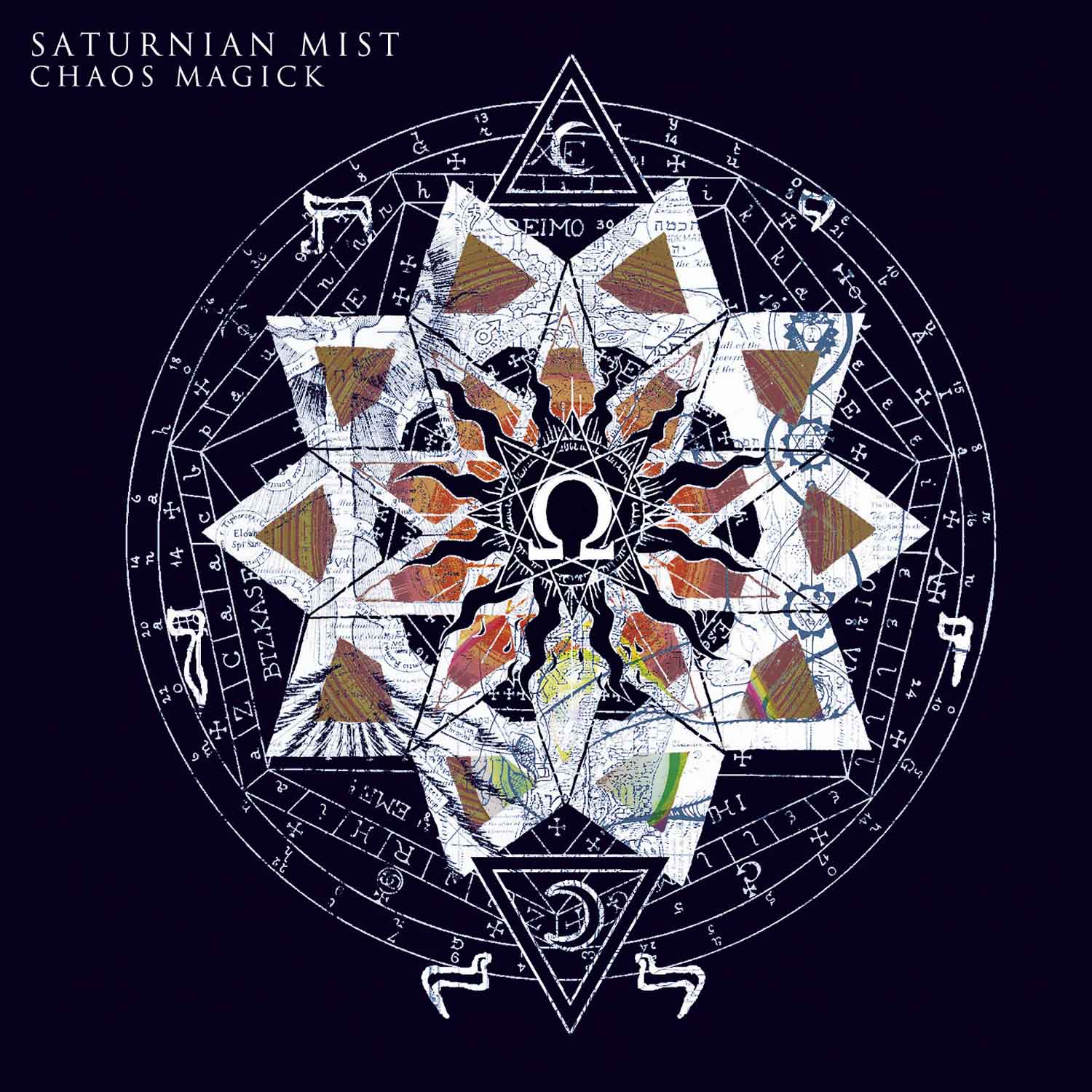
Saturnian Mist – Chaos Magick (2015)
Saturnian Mist play a cheap brand of alternative metal that tries very hard to be tough and to insert “extreme” elements to sound tougher. The whole attitude of this band seems to be based on that all too common sentiment of posing at being a tough kid. The songs follow a pop format, and are based on chords with screamed lyrics on top of them. Major impact is in the contrast of certain sections. Endings are just abrupt, the songs do not lead from one clear point to another, but are rather just very messy.
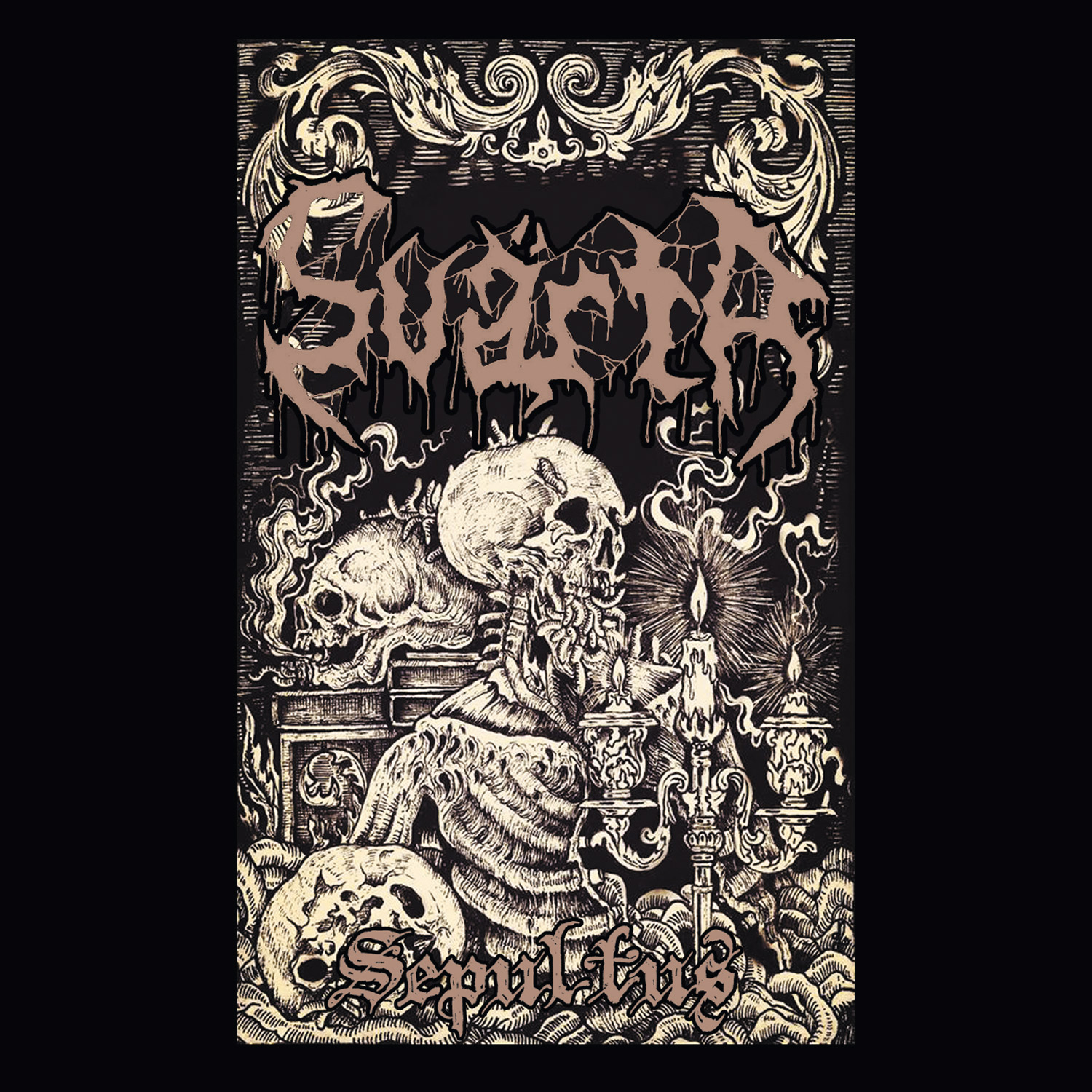
Svärta – Sepultus (2015)
Ah, the black metal stereotype of flat-dynamics throughout a song have lead so many astray. With the idea tha black metal consists only on flat and intense sound repeated ad nauseam without any other aim than “Creatng atmosphere”, Svärta gives the world yet another bland modern black metal album. This band at least has the sense to be relatively consistent and they try to bring riffs back, or their main ideas at least. The lacking vision shows most clearly when they insert sections with no drums and clean guitar strums out of the blue with little relation to the rest of the song in order to create the cliche anti-climax that the unimaginative minds can summon as their only proposition.
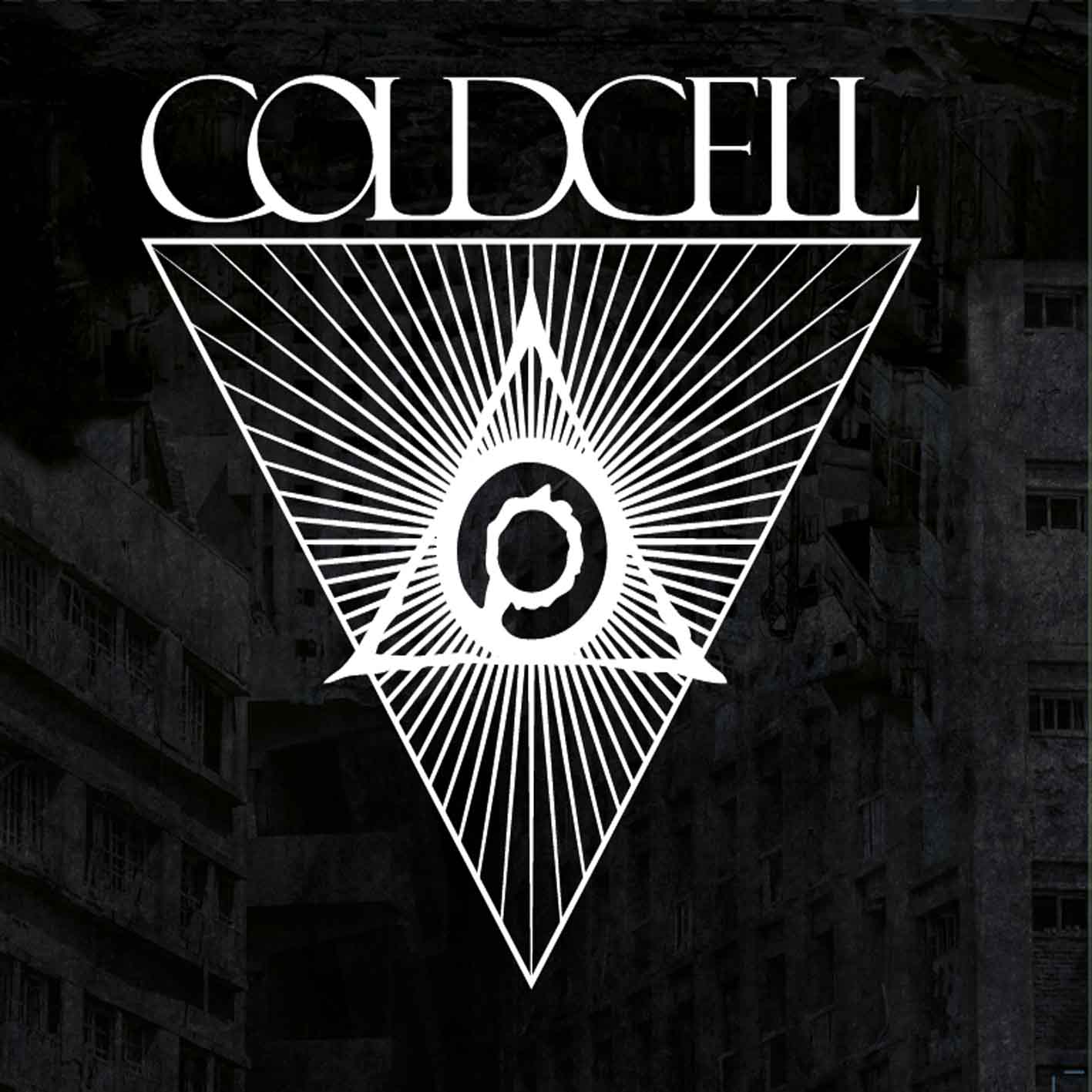
Cold Cell – Lowlife (2015)
More pseudo black metal from the modern sludge crowd with post-metal tendencies. They try to “improve” on black metal by bringing in more clean picked chords, inserting more blank spaces in the music and forcing variety on songs. Not the kind of variety that is linked strongly within a song through different musical dimensions, but the kind of variety that results from not fucking knowing what to write and so being forced to insert whatever comes into your mind. This is not creativity, this is mediocrity.
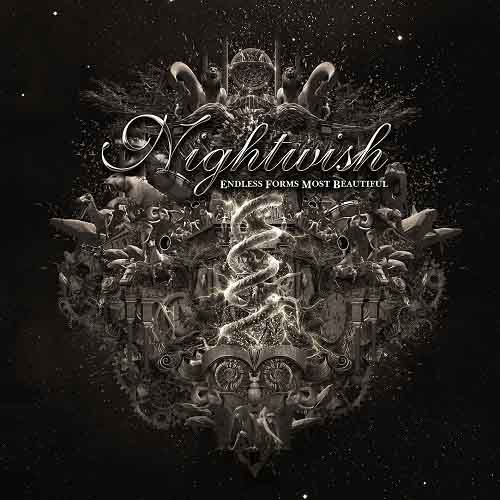
Nightwish – Forms Most Beautiful (2015)
Representing the cheapest moves by the so-called symphonic metal bands, Nightwish makes songs with long, varied intros that vary from straight-up pop flares to the modern pseudo-prog groovy intros. Do not let anything here fool you, this is is just simple and low-quality pop music with catchy leads. The entire value fans of this music give it is reduced t “nice melodies”. It’s insulting that these people even want to sell themselves as metal. This is pop music, accept it once and for all and put all these candy-rock pop in the shelf next to Miley Cyrus.

Profezia – Black Misanthropic Elite – Moon Anthem (2015)
More intense, low-fi black metal that does nothing but ride a riff and repeat it until the band feels it has filled enough minutes. Combine this with slower tracks to create variety and you have more repetitive songs that try very hard at the same trope of “creating atmosphere” by virtue of their repetition. This is as tiring on its own as it is as a result of having heard this approach by countless other mediocre bands.
3 CommentsTags: Black Misanthropic Elite - Moon Anthem, Chaos Magick, Cold Cell, Ethereal, Eye Of Earth, Forms Most Beautiful, Lowlife, Mellevon, Nightwish, Opium Lord, Opus Aethereum, Profezia, sadistic metal reviews, Saturnian Mist, Sepultus, Solace, Svärta
